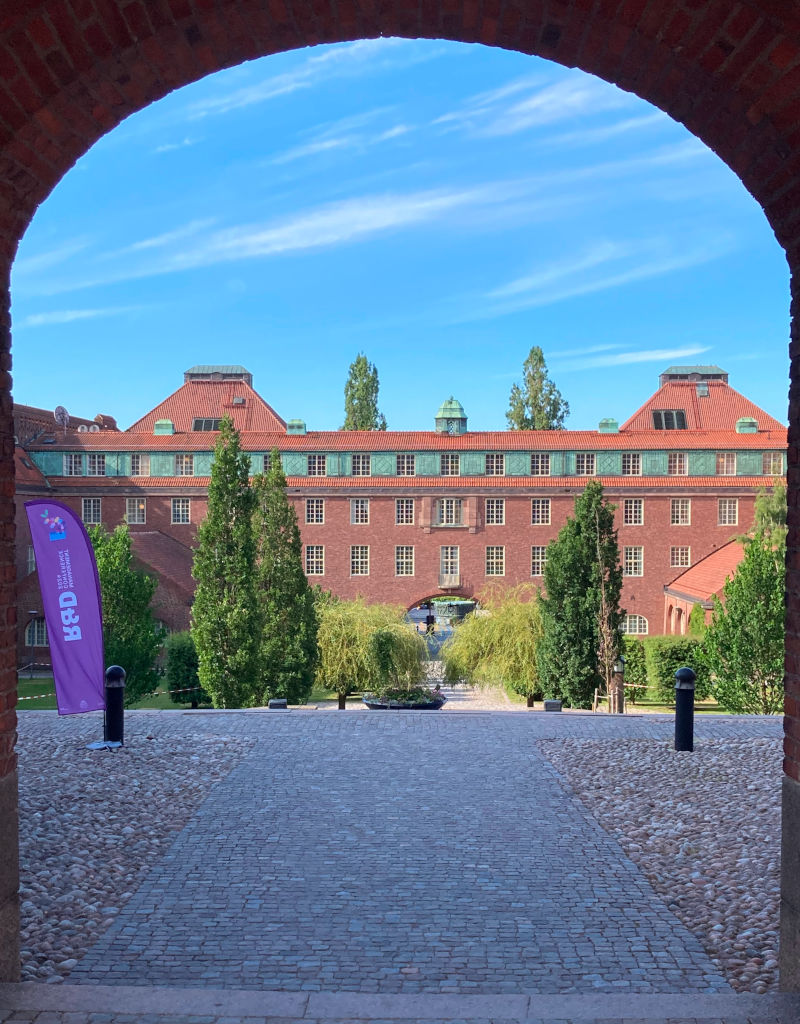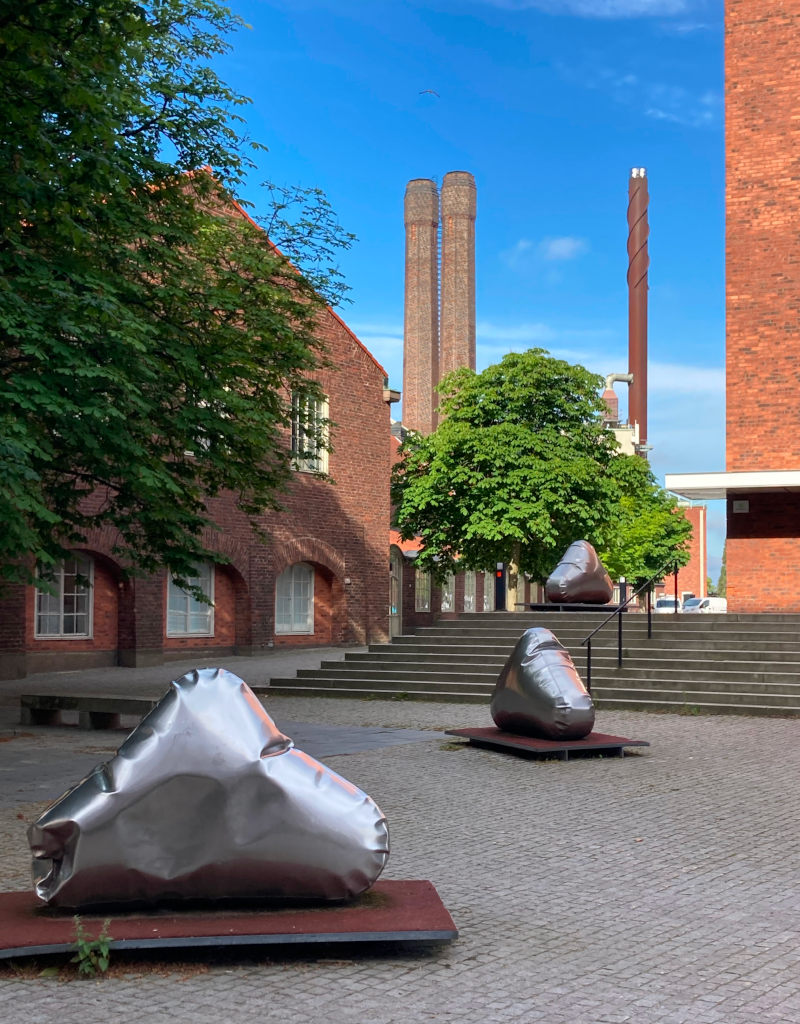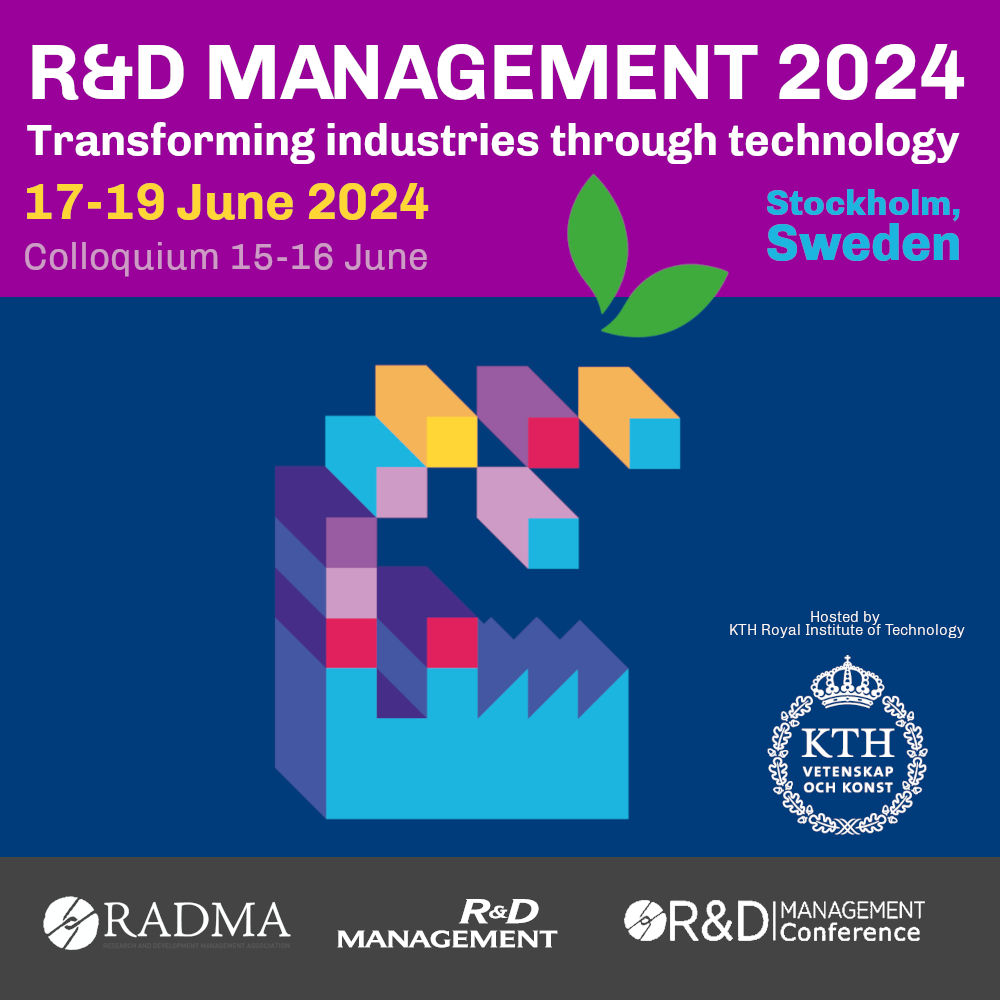The 2024 R&D Management Conference attracted over 600 delegates from across the world to Stockholm to discuss different aspects of the sustainability challenge: can we find new ways for transforming industries – and society – through technology?
As a small country, Sweden sees innovation as essential and is looking to integrate this further into its culture. It sees the challenges of maintaining resilient cities, ensuring quality of life and health, and mitigating climate change as going beyond national borders.
Therefore, Sweden as a country is taking a lead towards creating a more sustainable society and investing in an infrastructure that will accelerate it towards that goal whilst also regenerating its industry.
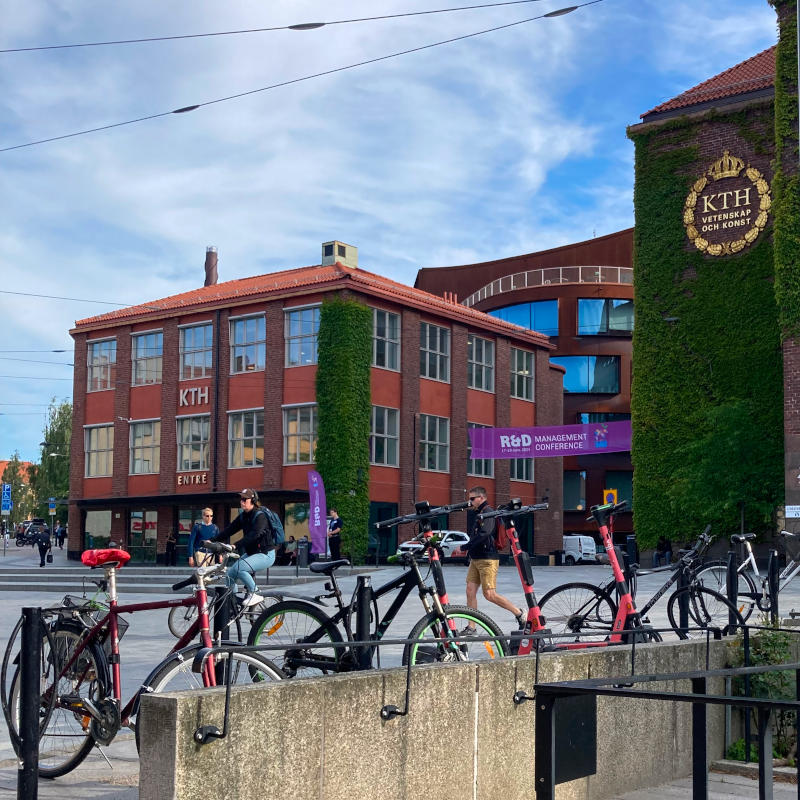
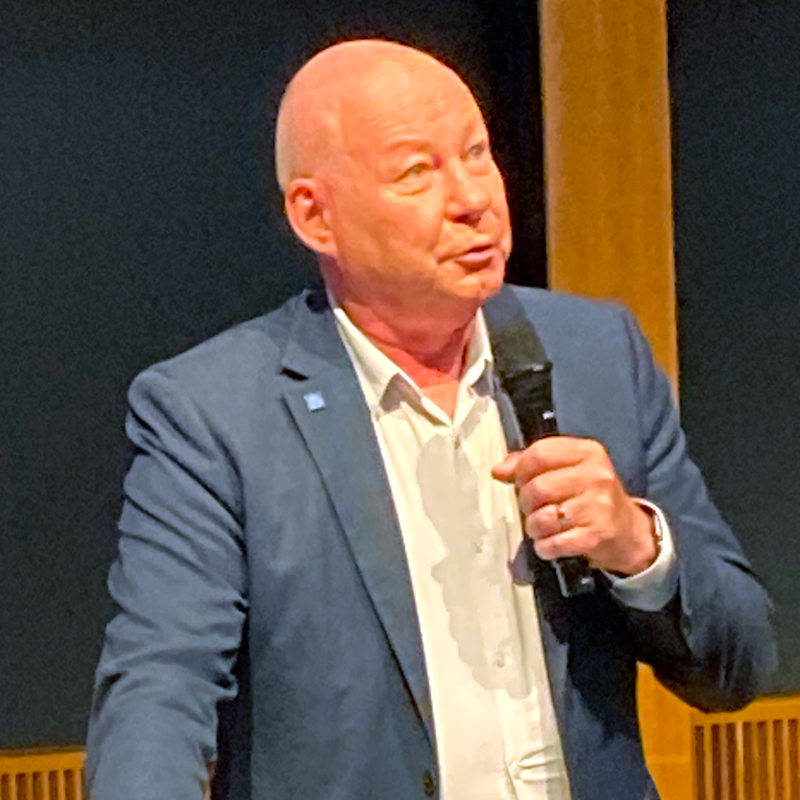
Collaboration in a time of conflict
Anders Söderholm, the president of KTH Royal Institute of Technology, the oldest technology university in Sweden, warns that although “we thought we were entering an era of eternal peace, the focus on sustainability is being distracted by conflict”. He observes that spending on defence has increased, along with protectionism through tariffs and trade restrictions.
He comments that international collaboration of scholars is thus more important, and this should embrace openness in funding to include partners from beyond the European Union to ensure globally engaged universities.
“Transforming industries through technology”
The theme of the conference was reflected by keynotes from four innovative organisations:
H2 Green Steel – although only established in 2021 it is already showing the incumbents that its customers are willing to pay a premium for a more sustainable product. Using renewable energy and electrolysis to create green hydrogen, its product will significantly reduce CO2 emissions from one of the world’s ‘dirtiest’ industries. Read more…
Northvolt – is rethinking battery technology to power the transition from the combustion engines to electrification. It is building the first circular gigafactory and using the confidence of its customers to underpin its investment. Read more…
Syre – recognised that driving the great textile shift from single use polyester to a recycled equivalent requires hyperscaling to achieve a significant impact in a short time. Its technology scouts found an innovative technology developed by two PhDs in North Carolina and its first two gigascale textile-to-textile recycling plants are being designed with digital blueprinting. Read more…
Solvatten – uses innovative thinking to produce a low-tech solar approach to water purification that is transforming the lives of some of the world’s poorest populations. By providing safe, hot water for baby food, washing and cooking it is improving health, reducing energy needs, saving forests and freeing a generation of girls to receive an education. Read more…
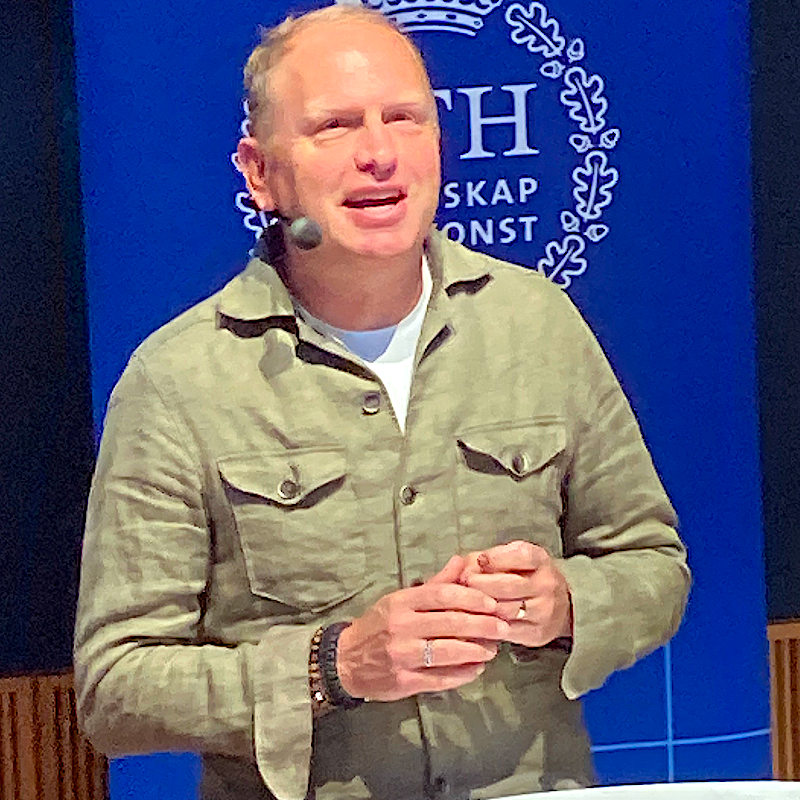
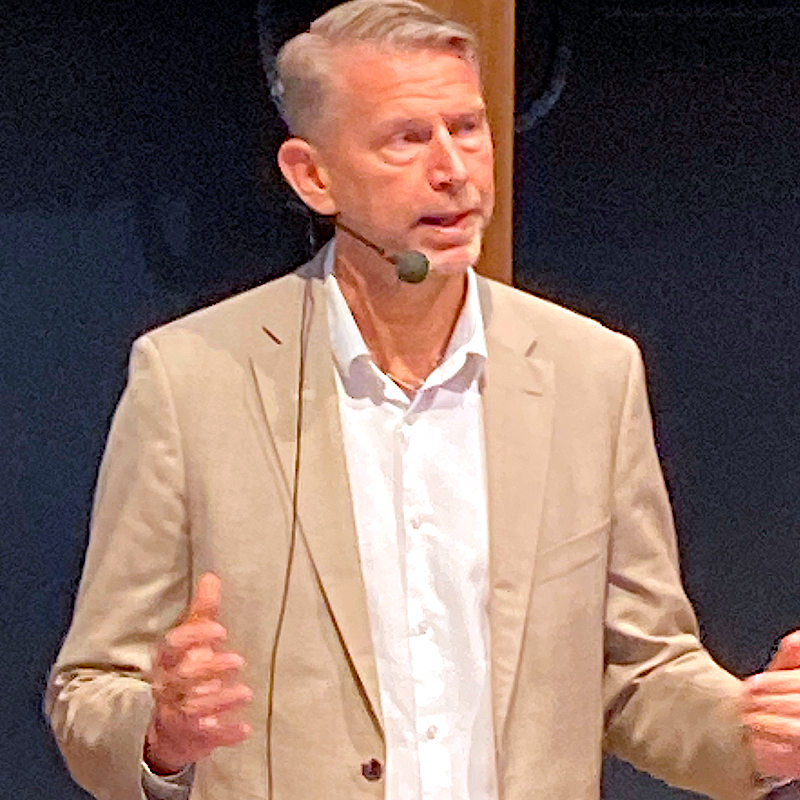
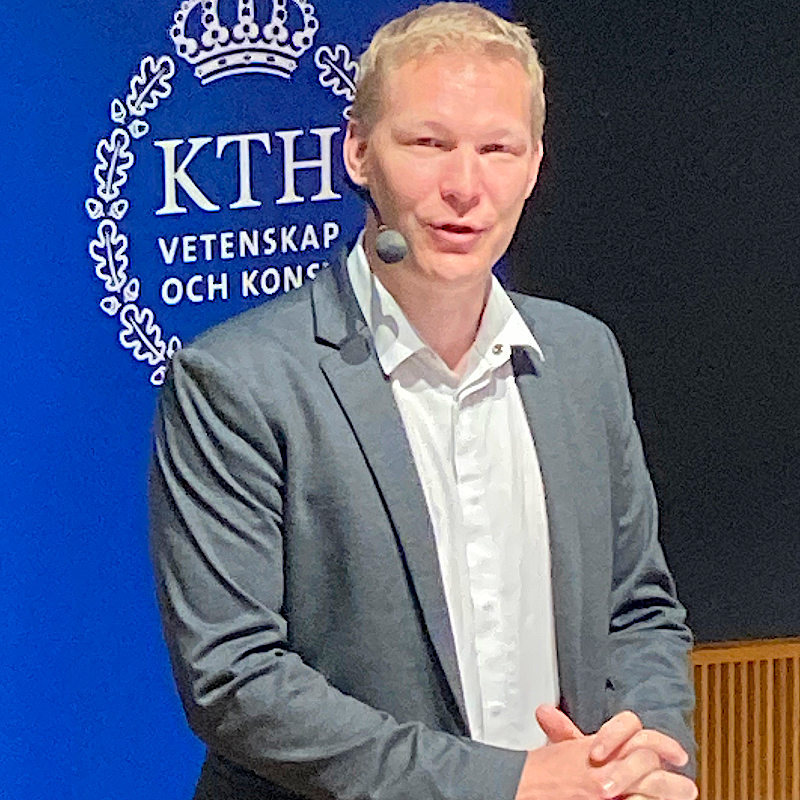
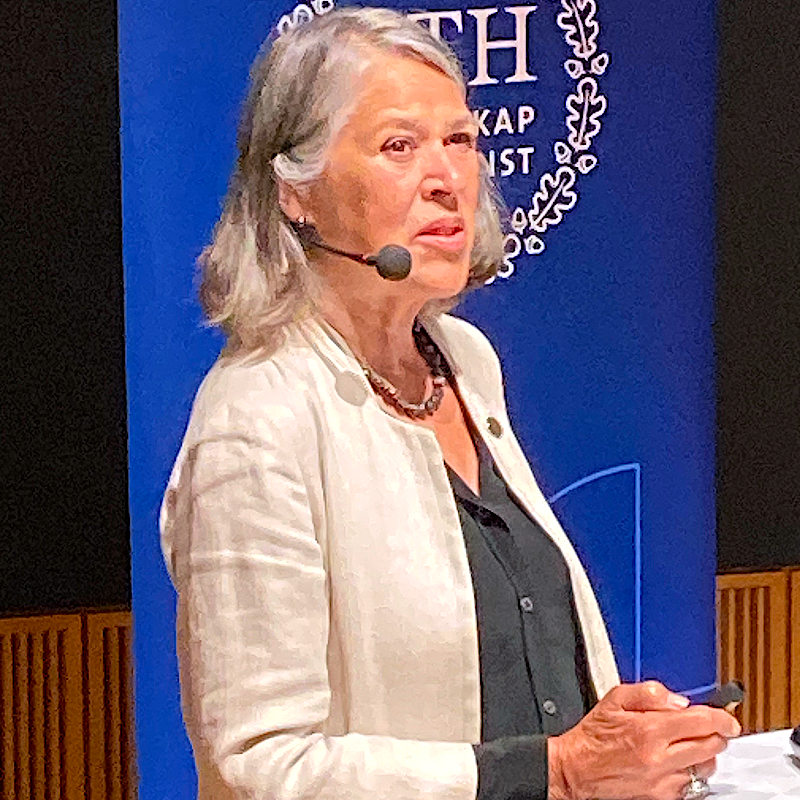
These companies share a number of enablers:
- Price for carbon – the Paris Agreement and subsequent development of Science Based Targets Initiative for achieving a reduction in climate change has created a ‘price for carbon’. This has created value for innovations that enable a reduction of emissions in the supply chain, known as Scope 3.
- Renewable energy – access to abundant renewable energy has been transformational. It is key factor for location of some of the organisations and the utility of the products.
- Off-take commitment before factory is built – an innovative business model that uses off-take commitment from potential customers as evidence of market size and pull; it has been used to enable ‘start-ups’ to access funding packages worth many millions.
- Hyperscale – several of the companies have scaled quickly by engaging with multi-national partners. This provides confidence to others of the approach accelerating industry transformation. With a secure knowledge of customer demand the companies have started big by building gigafactories.
- Digital blueprint – use of digital twins and AI to model processes and manufacturing before real world implementation has reduced risk and improved development processes.
- Customer engagement at an early stage – all the organisations have co-developed with their endusers, and, in the case of Solvatten, used intermediates embedded in the community to facilitate adoption of technology.

